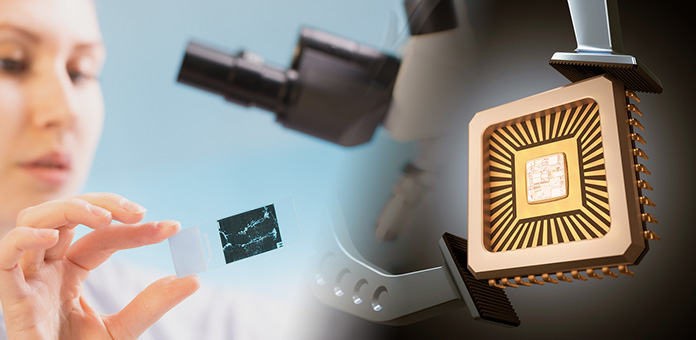
Gold has always owned a special place in the human psyche and in world economies. Its rarity and unique properties make the yellow metal a symbol of power and wealth for many. However, gold is increasingly in demand because it is the only option for many applications in the field of technology and even medicine.
Rare and Valuable
Many individuals are surprised to learn that the entire inventory of the world’s usable gold ever mined weighs in at only 165,000 metric tons, fitting into a cube of only 67 feet per side. 1 Much of the gold we use today is in an alloy with other metals, and the gold used today has likely been recycled many times. In fact, the gold in an average wedding band may well include some molecules of gold used to create Roman coins and jewelry.
For centuries mankind has been adding to its supply of gold. Today, gold is used in three primary ways: 2
- Jewelry – 52%
- Government holdings and investments – 34%
- Industrial applications – 12%
- Unaccounted – 2%
It is the rapidly growing use of gold in industrial applications that is changing the traditional ability to reuse gold over and over. A number of modern applications use gold in minute, even molecular, quantities, and this gold is no longer a part of the world’s supply. Every space vessel that leaves the earth contains differing quantities of gold in its electronics, and this, too, is lost forever.
The Immutable Medical Resource
Medical research has found a number of new applications where the unusual properties of gold make it irreplaceable as a medical treatment. 3 For example, many suffers of rheumatoid arthritis are treated with injections of aurothiomalate or aurothioglucose, solutions containing minute quantities of gold.
Certain cancers are also treated with minute gold isotopes, made radioactive to selectively kill diseased tissues. Some people today also experience the “Golden Eye” treatment. Those individuals afflicted with lagophthalmos are unable to completely close their eyelids. In such cases doctors might implant the heavy yellow metal in the eyelids, putting gravity to work to fully close them.
Doctors also use gold as a diagnostic tool in a growing number of ways. Once it is made radioactive, gold can be suspended in colloidal solution that is injected or swallowed. The solution is then tracked as it emits a signal moving through the body. The process helps identify areas where the flow is stopped or interrupted and can identify some diseased tissues.
Of special value to many medical procedures and instruments is the fact that gold is nonreactive to chemicals and other fluids. This makes it ideal for use where certain medicines and the patient’s body would interact with other metals.
The Metal of the Future
It is worth noting that there is simply no replacement for gold in certain applications. In fact, many of the new uses have been discovered in just the past few decades, and more research is discovering more applications continuously.
Since the gold used is often in very minute quantities, it makes the use relatively price insensitive in a specific application. Yet, the rapidly growing number of uses and a future of much greater demand for such applications have already begun to be a supply factor. Many long-term investors and buyers of gold already see the future demand for such uses against an increasingly lower annual supply as a major bullish factor for adding to gold holdings. 4
Additional Sources
2 – http://www.numbersleuth.org/worlds-gold/
3 – https://www.purestcolloids.com/history-gold.php
4 – http://www.marketwatch.com/story/in-20-years-the-world-may-run-out-of-minable-gold-2015-03-30

